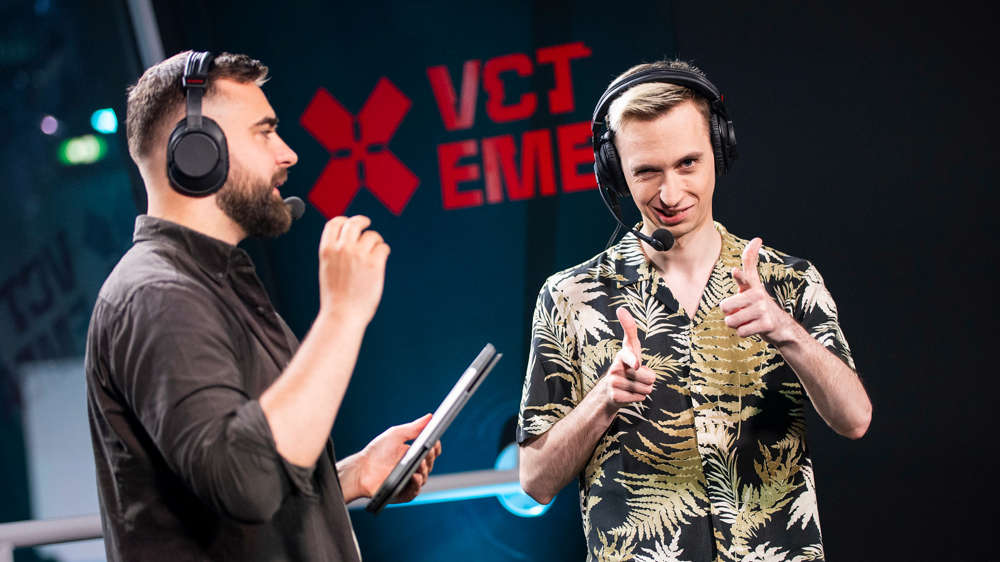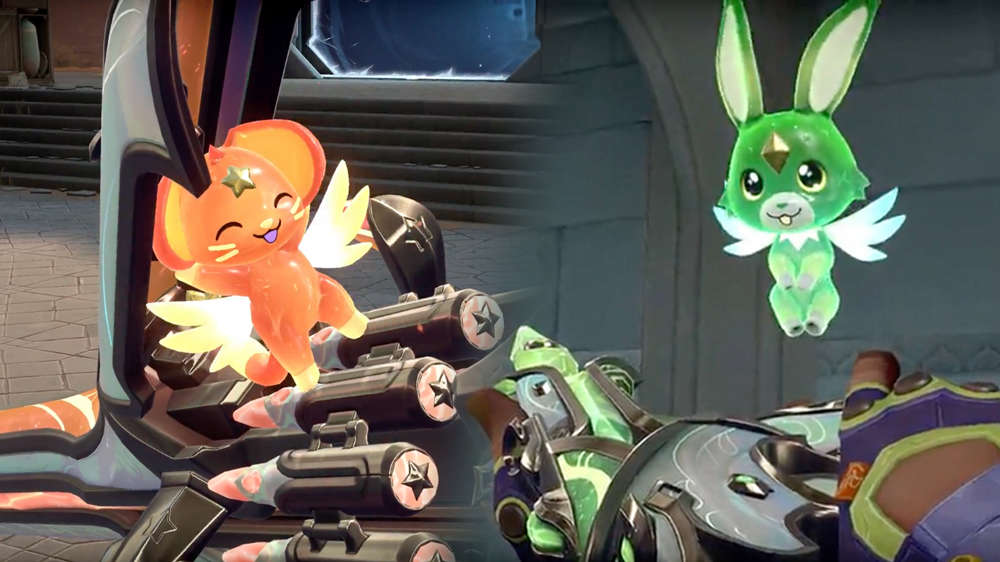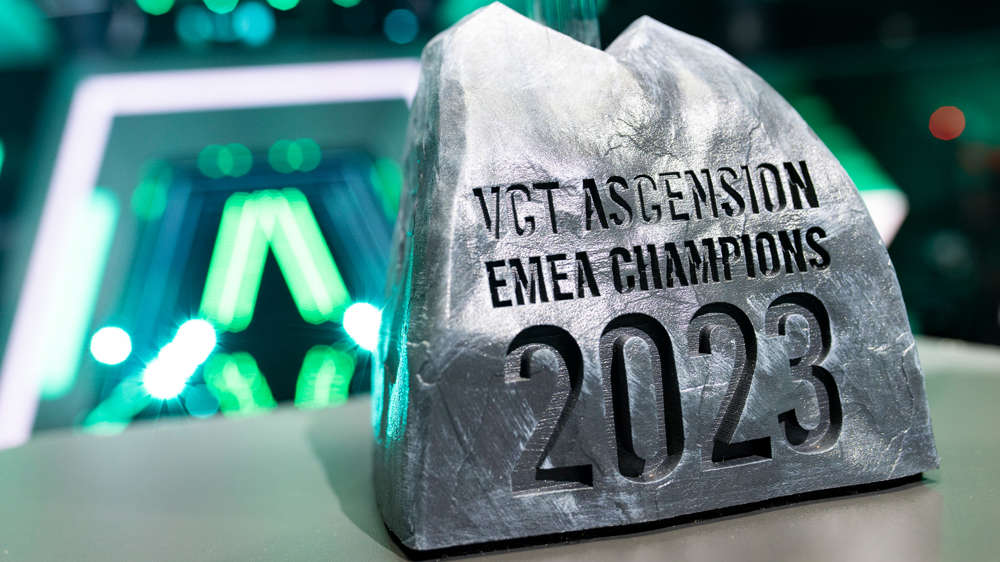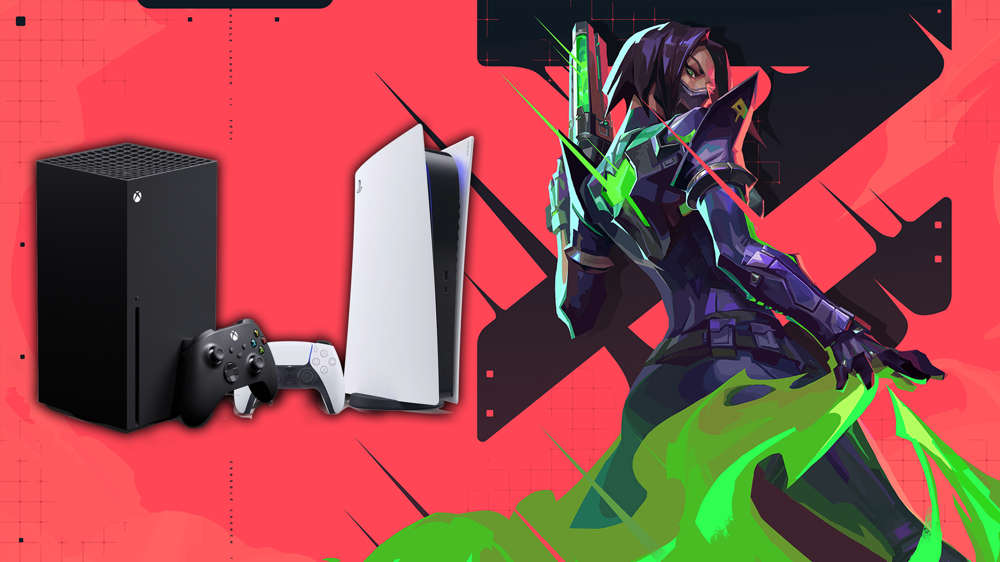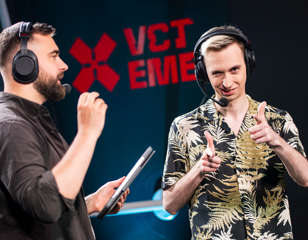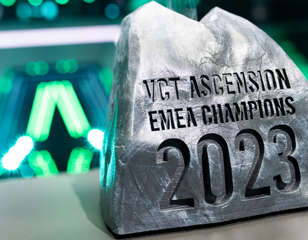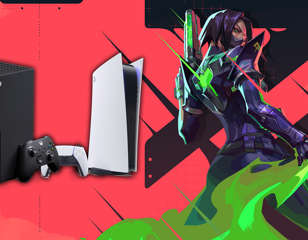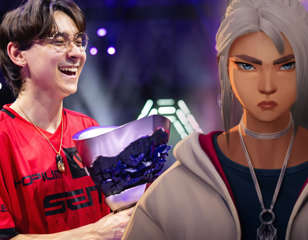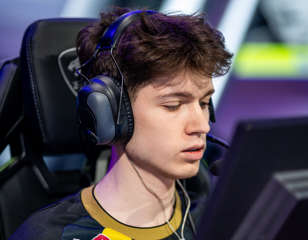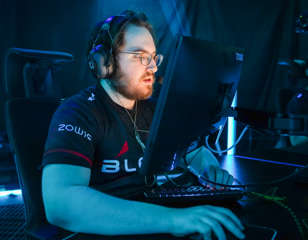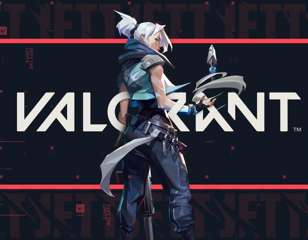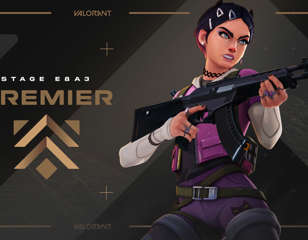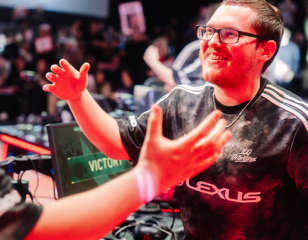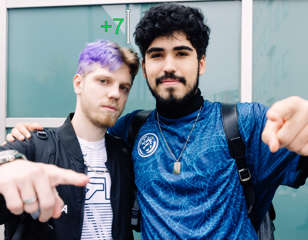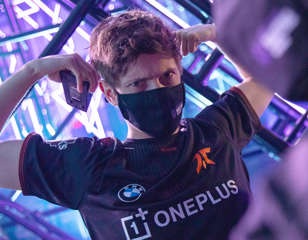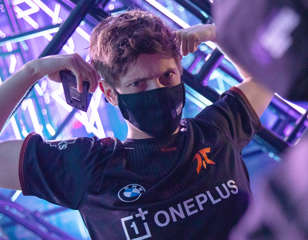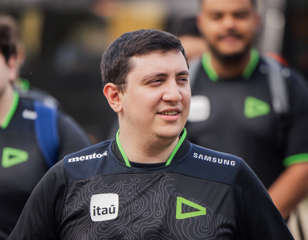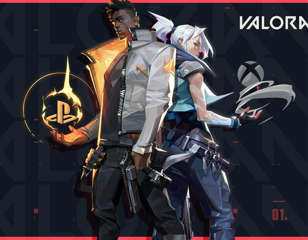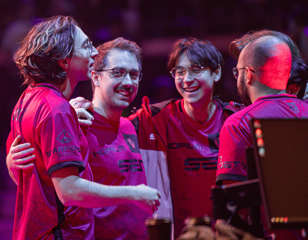What has VALORANT beta taught us?
The VALORANT beta has been taken down and the game will officially launch on June 2nd. What did we learn?

Sascha Heinisch
30th May 2020 20:00
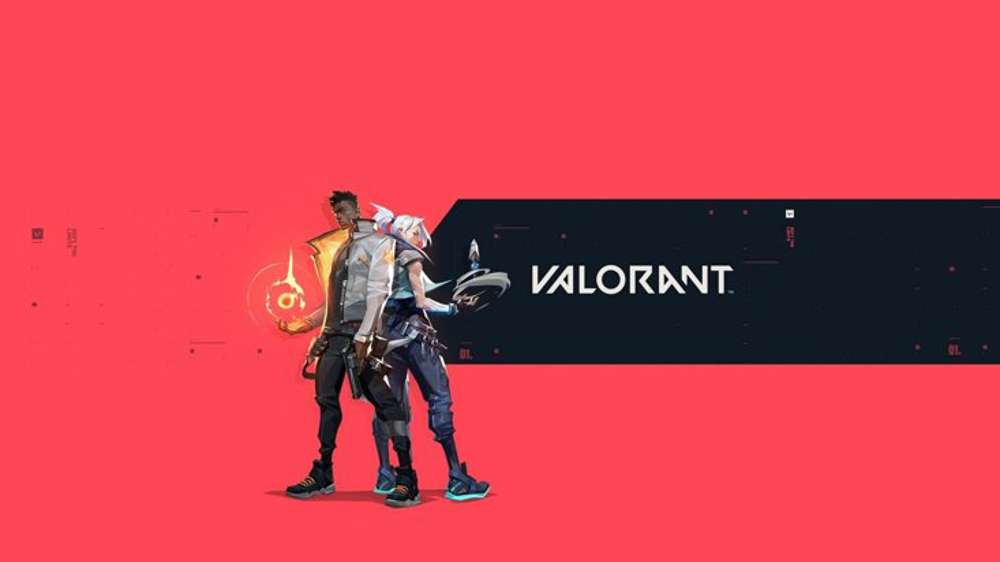
It’s over. The VALORANT beta has been taken down and the game will officially launch on June 2nd. For some of us, it took a while to get the drop but we eventually got there. We’ve gotten to meet the love child of some of the biggest multiplayer FPS titles and had a lot of time to prove it, and its developer, on their constitution. We’ve also gotten to know the community, though the culture has yet to settle enough to reveal an identifiable crowd. Moreover, we’ve also gotten to know the challenges that lie ahead of the game and the immense potential that this game comes with. This is what we learned from the VALORANT beta.
Counter Strike players have a head start…
… but a lot of players, especially esports professionals, have had a history in CS:GO at some point. The shooting mechanics are a very close copy of CS and the fundamentals transfer fairly well. Therefore, it made perfect sense that those who had practiced these were going to get ahead, though surprisingly, a lot of esports professionals have a background in CS:GO. Former Overwatch pro players like Jay “sinatraa” Won and Corey "Corey" Nigra both talked about their passions and idols coming from CS, and they themselves had banked countless hours in the game before they started playing Overwatch. Brandon "Ace" Winn, streamer and FPS pro player for NRG esports was known for his Apex Legends skills but also had a professional CS career before that. Turns out that being a fan of multiplayer FPS has likely made you cross paths with Counter Strike at some point, which should ease the transition into VALORANT.
VALORANT did not reinvent the FPS wheel…
… and persistent multiplayer FPS issues are also not fixed for VALORANT. The announcement trailer of the game made grand promises towards optimization, anti-cheat and peeker's advantage, problems which are notoriously hard to find solutions for in the genre. VALORANT isn’t an exception and is just starting to find answers. The anti-cheat tool Vanguard has come under criticism for its radical nature and has not delivered the promised protection from cheats.
According to Riot Games, the engine was chosen with performance in mind, allowing even outdated PCs to have a decent experience. So far, frames have been hard to come by and the fluctuation that came with several updates was a source of criticism from pro players and the community at large.
Peeker’s advantage is a problem of physical limitations and yet for many, the announcement sounded like Riot had found a clever workaround to make sure it was minimized more than in other shooters. Perhaps it’s also simply that the time to stop before accuracy is at its peak while counter-strafing is too short, but holding angles at the moment feels like a losing play almost always.
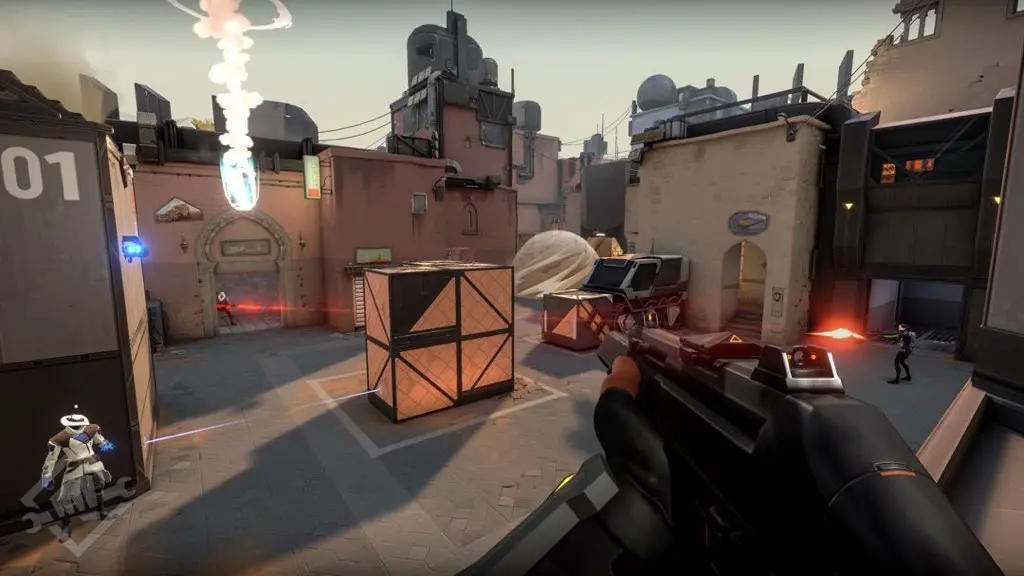
Riot engages frequently with the community…
… and set themselves apart in that regard from most other developers in the market. Especially towards the beginning of beta, developers and engineers from all kinds of departments would regularly show up on social media and on reddit, taking a lot of time to answer community questions in detail. While this doesn’t necessarily lead to a better game, it’s still a refreshing interaction between a fanbase and the game’s creators.
Perhaps because of that communication…
… Riot’s patches were received very well and addressed a lot of prominent issues that were raised by the community. Nerfs to agents like Sage and Raze came in rather quickly and also concerns about map layout and the nature of corners and angles was addressed, though perhaps not to full community satisfaction just yet. If the frequency and effective impact remain the same, VALORANT could improve very quickly. This quick turnaround on fixing issues will also be required as the community finds out more about the game and realizes how some abilities may produce broken or too powerful interactions too often.
Riot Games didn’t budge with the flexible queue for ranked…
… though perhaps that has very good reasons for now. Riot has stated that they want their game to be a team activity and not just a solo queue experience. And we agree; certain game design features might be a generally bad idea but also might stir a community into a direction which will help the long-term health of the game. By giving incentives for players to find full premade groups, you’re either leading them to become players who enjoy that experience or you filter for that type of audience by attracting those who prefer a pre build team experience. This could have big implications for the game’s esports future, as getting players used to playing with a group of regulars on paper significantly increases the likelihood of them participating in esports competitions on all levels of play. Of course, it’s also in the self-interest of Riot to do so, as forming social bonds over a videogame will always create experiences which make players stick around for longer.
It’s interesting that Riot stuck to their guns here and is a good sign for them having a vision for the game in mind that isn’t only contingent on the fickle whims of its player base. As a good parent should be, boundaries of the values that you believe in have to be set. That said, leaving the game also in the hands of the community to grow and create alongside with is also tremendously powerful when trying to create an esport.
And while we’ve found all this out…
… it’s likely that we haven’t met the character of the game we will eventually end up playing for years yet. Only slowly are players finding out ways to utilize abilities to their full extent and as they do so, they may significantly shift the game’s nature away from what Counter Strike was.
As the little sibling, VALORANT is trying to find its identity and distinguish itself from big bro, which might lead it to a very different path especially when more agents and maps are introduced to the game. Many clones came along, but only CS survived. Riot knows that there won’t be any fulfilment and lasting power in a game that does (at best) things a little better than what CS, but is also working against the force of habit and the rich history of the evergreen phenomenon.
The future looks tentatively bright for VALORANT…
… but not all the cards have been dealt yet. Questions about how the game will be received in Asia and its gigantic player base are more important to the game's survival than how it will rival CS in the Western market. It also remains to be seen how or if third party tournament organisers will embrace the game and run it on their circuits. The danger of having their fruits of labour taken in a similar way to League of Legends is a significant risk that requires serious assurances. If VALORANT can keep iterating with the same open-minded and receptive but also principled approach in frequent patch cycles, we are in for a hell of a time.
Images via Riot Games

About The Author
Sascha Heinisch
Sascha "Yiska" Heinisch is a Senior Esports Journalist at GGRecon. He's been creating content in esports for over 10 years, starting with Warcraft 3.
